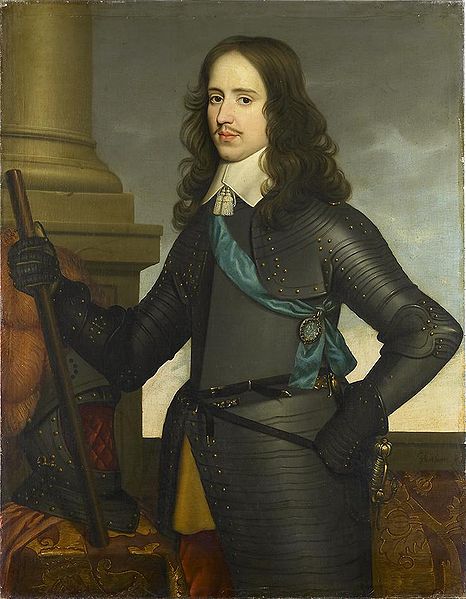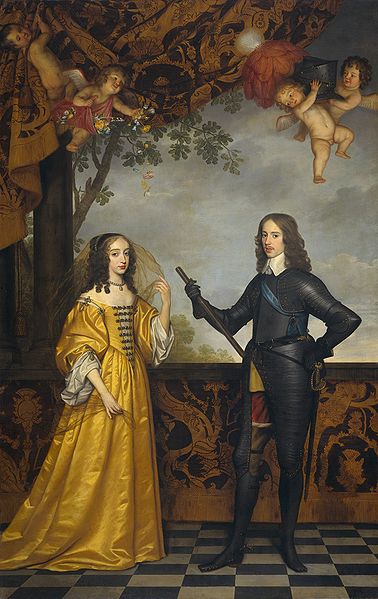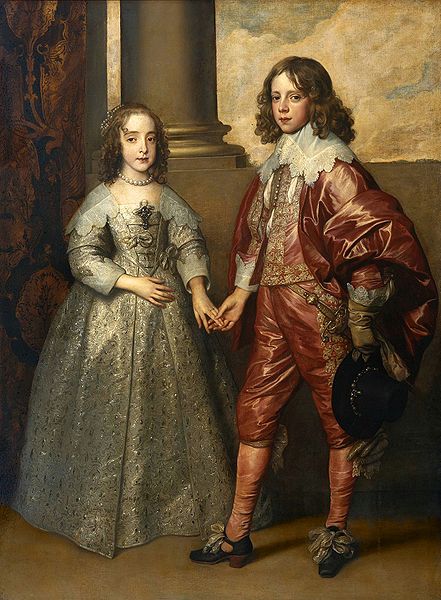<Back to Index>
- Historian Ibn Khaldoun, 1332
- Composer Joseph Joachim Raff, 1822
- Stadtholder of the United Provinces William II, Prince of Orange, 1626
PAGE SPONSOR



William II, Prince of Orange (27 May 1626 – 6 November 1650) was sovereign Prince of Orange and stadtholder of the United Provinces of the Netherlands from 14 March 1647 until his death three years later.
William II, Prince of Orange, was the son of stadtholder Frederik Hendrik of Orange and Amalia of Solms - Braunfels. William the Silent had been succeeded in the position of stadtholder and as commander of the Dutch States Army by his son Maurits of Nassau, who in turn was followed by his brother Frederick Henry. William II’s ancestors governed in conjunction with the States - General, an assembly made up of representatives of each of the seven provinces but usually dominated by the largest and wealthiest province, Holland.
On May 2, 1641, William married Mary Henrietta Stuart, the Princess Royal, the eldest daughter of King Charles I of England and Queen Henrietta Maria in the Chapel Royal, Whitehall Palace, London.
In 1648 he opposed acceptance of the Treaty of Münster, despite the fact that it recognized the independence of the Netherlands. Secretly, William opened his own negotiations with France with the goal of extending his own territory under a centralized government. In addition, he worked for the restoration of his brother - in - law, Charles II, to the throne of England. In 1650 William II became involved in a bitter quarrel with the province of Holland and the powerful regents of Amsterdam, like Andries Bicker and his cousin Cornelis de Graeff over troop reduction following the Treaty of Münster. William opposed the reduction in the size of the army which would diminish his powerbase. This resulted in William putting eight members (oa. Jacob de Witt) of the provincial assembly in prison in the castle of Loevestein. In addition he sent his cousin Willem Frederik of Nassau - Dietz with an army of 10 thousand troops with the aim of taking Amsterdam by force. Bad weather foiled this campaign.
After having served as stadtholder of Holland, Zeeland, Utrecht, Guelders and Overijssel for only three years, he died of smallpox in 1650. His son William was born one week after his death. This was the beginning of the First Stadtholderless Period for the provinces Holland, Zeeland, Utrecht, Guelders and Overijssel. His son succeeded him in 1672 as stadtholder and later, in 1689, also became king of England.